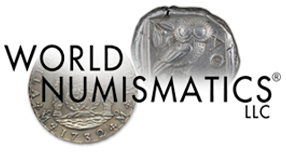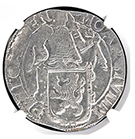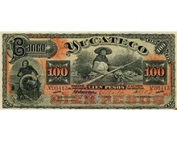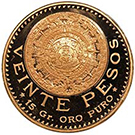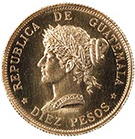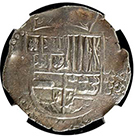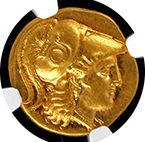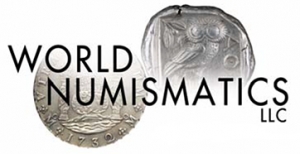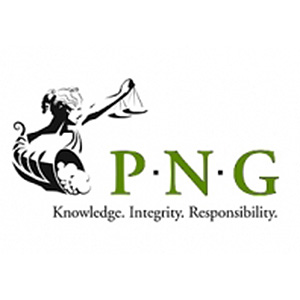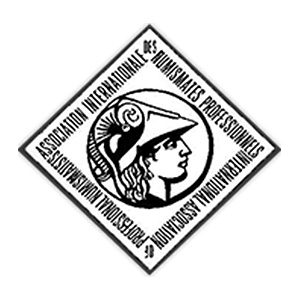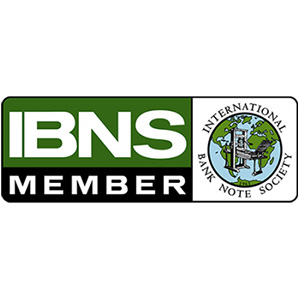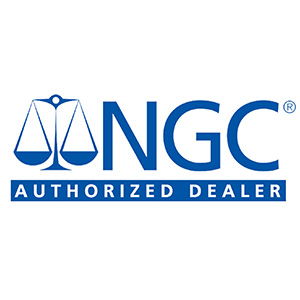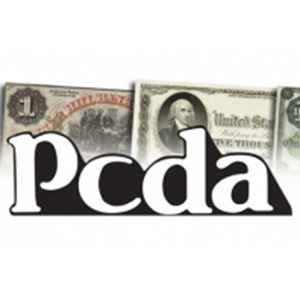ARCHIVE LIBRARY
Collecting Central American Republic
Collecting Central American Republic The Central American Republic, also referred to as the Central American Federation, formed by the five countries of Guatemala, Costa Rica, Nicaragua, Honduras and El Salvador, and officially established in July 1, 1823 was a failure from the political point of view, with numerous conflicts and wars undermining its stability until its final demise in 1838. However, from a numismatic point of view, it issued what it universally acknowledged as one of the most beautiful designs among 19th Century world coinage. The rendition in the obverse of a rising sun (for the silver issues) or a radiant sun (for the gold issues) over a range of five volcanoes representing the five republics mentioned previously, with a Ceiba tree representing the tree of liberty with the motto “Libre Crezca Fecundo” (Grow free and fruitful) is truly a striking one, and a joy to behold on a high grade coin. Official issues were issued by three different mints: The Nueva Guatemala (NG mintmark) mint, issued coins with the CAR design between 1824 and 1851. All gold denominations (½, 1, 2, 4 and 8 Escudos), plus the ¼, ½, 1 and 8 Reales in silver were struck, although [...]
Collecting Mexican Currency
Collecting Mexican Currency By Cory Frampton Over the past several years we have seen an increasing number of collectors of US currency crossing over to Mexican currency which they find more interesting and more challenging. In addition, with Mexican coin prices on the rise a number of Mexican coin collectors are starting currency collections as well. These new collectors tend to be knowledgeable about collecting coins and currency, making it easier for them to start collecting a new area. If the trend continues, these new collectors could have a significant impact on pricing in a relatively thin market. Mexican currency is generally divided into six different areas including Imperial and Early Republic, Bank Notes, Pre Revolutionary, Revolutionary, Post Revolutionary and Banco de Mexico modern issues. The two most commonly used references are Mexican Paper Money, published by our firm, and Paper Money of the Bank of Mexico by Duane Douglas. Both of these are available on our website. Mexican Bank Notes are the most widely collected of the issues followed by Banco De Mexico 20th Century issues and Revolutionary. The other three categories contain numerous items that are rare and therefore difficult to obtain. Mexican Bank Notes are especially [...]
Collecting Mexican 20th Century Coins
Collecting Mexican 20th Century Coins By Cory Frampton This series, which has gone from the most collected during the late 1960’s to the most stagnant today, has a lot of promising segments. There were probably ten times as many collectors in the 1960’s and 1970’s as there are today, mostly due to the demise of the Whitman and Dansco coin albums. During that period of time it was very popular to collect Mexican coins by type or date, in an effort to fill up the albums. At that time not many people were grade conscious and simply attempted to fill the albums with decent looking coins. Unfortunately, those vf to au coins are worth about the same today as they were all those years ago. However, the few collectors who were grade conscious were richly rewarded. Coins that grade MS65 today sold for slight premiums over their average uncirculated counterparts at that time. It was not until the late 90’s that high grade, relatively common coins started to bring big premiums. Today, grading is everything. Slabbing coins became more common in the late 90’s and is now standard practice. The phenomenon of registry sets furthered a market condition whereby [...]
Collecting Guatemala
Collecting Guatemala Often overshadowed by the incredible richness of its Mexican neighbor, the numismatic series of each of the countries of the Central American Republic are nevertheless very interesting and rewarding to collect. We commented on the series of the Central American Republic in our previous newsletter, and will now present a general overview of the Guatemala Republican series. The bad news first. Quality references are few and far between, and difficult to obtain. The only attempts at a comprehensive work which encompasses the Guatemalan Republican series have been Kurt Prober’s “Historia Numismatica de Guatemala” (Spanish Edition, 1957 or 1973, still the reference!), Robinson’s The Coins of Guatemala (1964,) Holland Wallace’s fine effort “Central American Coinage since 1821” (1966, probably the most useful for the English only reader) and Siliezar’s “Catalogo-Monedas y Medallas de Proclama-Centro America y Panama- 1733 a 1976” (1976, Guatemala). The fact is most collectors now rely on the Krause catalog, which is a good starting point but fails to grasp the numerous intricacies of the series. Following the demise of the Central American Republic, the proclamation of Guatemala as an independent Republic occurred on March 21, 1847. The event was celebrated by issuing a beautiful [...]
Succinct History of Cobs
Succinct History of Cobs Spanish colonial cob coinage is among the most popular series of the New World and contains many of the legendary coins herein. Cob coins were effectively the first coins minted in the Americas by the Spanish conquering authorities and issued by various mints for a period that encompassed more than 200 years starting in 1536 when the Mexico City mint issued its first coins. The cob coinage characteristics While the first specimens of the Mexico City, Lima and Potosi mint are rather carefully struck on very roundish planchets – and thus sometimes not even considered as “proper” cobs – the quality of the coins of all these mints soon started deteriorating as can be seen through the examples depicted below (note that the coins struck at the Cartagena and Santa Fe mints in Colombia were always cruder than those of other contemporary mints while the short-lived Santo Domingo and Panama mints, both already inactive by 1600, do not span a long enough period to illustrate the aforementioned fact of progressively deteriorating coins). The later, irregularly shaped coins are the ones normally associated with the cob designation and their method of manufacture is often considered to [...]
An Introduction to the Coinage of Alexander The Great
An Introduction to the Coinage of Alexander The Great By Kent Ponterio Regarded by many historians as the greatest military commander that ever lived, by the age of 32 Alexander III of Macedon had conquered and controlled most of the known world. At the time of his death in 323 B.C. his empire spanned over three continents covering approximately two million square miles incorporating parts of Asia, Africa and Europe. The coinage of Alexander is as vast and encompassing as the empire he controlled. During his lifetime, at least 25 different mints produced coinage in his name. As major cities were conquered or assimilated into his empire, those with major or strategic mints ceased production of local coinage and many began striking that in the name of Alexander. Often local coinage would be gathered from circulation, melted down and re-coined into that of Alexander’s (especially those in the name of deposed kings). His coinage saw such great circulation and was met with such acceptance that it continued to be produced and circulated for centuries after his death. In fact more mints were in operation producing coinage after he was deceased, than during his actual lifetime. The coinage of Alexander [...]
Dutch Lion Daalders, America’s First Dollar
Dutch Lion Daalders, America’s First Dollar By Kent Ponterio Named so for its design element depicting a rampant lion, the Dutch Lion Dollar played a crucial role in world trade during the 16th and 17th centuries. The first Lion Daalders or leewndaalders were produced in the province of Holland in 1575 during the Eighty Years War. Within a short period of time, most mints throughout the Dutch provinces began producing the new coinage. Although a variety of mints produced Lion Daalders, they are easily distinguishable from one another by their legends, which in most cases bear the name of the Dutch province where they were made. Another distinguishing factor is the half-length figure of an armored knight, which is found holding the coat of arms of the province of manufacture. Lion Daalders were produced in .750 fine silver with the predominant alloy being copper. Due to its debased silver content, Dutch merchants and tradesmen such as the Dutch East India Company found it to be the ideal coin for export and trade, leaving the higher fineness coinage such as Ducatoons (.920 fine silver) to circulate in the homeland. Lion Daalders saw extensive use in Europe, Africa, The Middle East [...]
